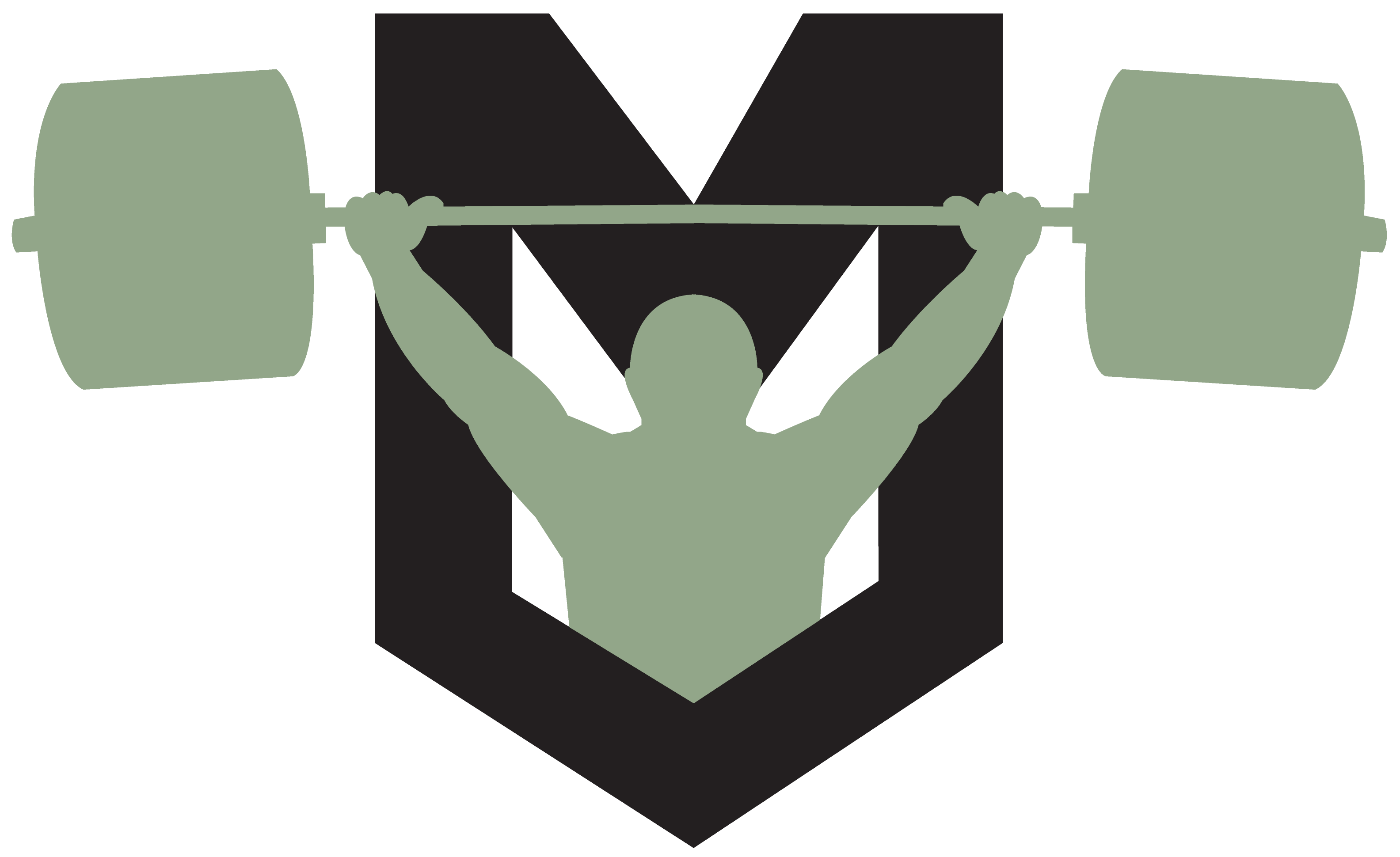I am hanging out with part of my team, friends, and family at Wrightsville Beach in NC. I love to write when I am on the beach. The aqua blue waters, rolling waves, and white sands are always so inspiring. You can tell that I am not Whitman when the first thing that comes to mind is the almighty back squat. The back squat is a major key to all sports, so it is naturally a major thought for a strength coach.
The back squat is a great way to test and improve an athlete’s absolute leg strength. Increases in the back squat can be linked to higher vertical leaps, longer broad jumps, and faster 40-yard sprints. In the weightlifting world, if an athlete has efficient technique, a bigger back squat should equal a better snatch and clean & jerk. In powerlifting, it is one of the competitive lifts. Therefore the back squat is really important to just about everything in sports.
Increasing the back squat is a huge part of my team’s success in weightlifting. We have great technique coaches in Don McCauley and Chris Wilkes, and our general strength program is very intensive. The combination equals success. The back squat is obviously one of our main focuses when it comes to general strength. Here are some quick tips for breaking through your own barriers in the back squat:
• Bottoms– this is an exercise that I have used since my first days of strength training. Most people struggle in the bottom position of the squat. They don’t feel stable in the bottom, and they lack the strength to absorb the eccentric force and change direction. Bottoms are performed in the very bottom of a squat. One simply squats all the way down, and then comes up 4-6 inches. This movement is repeated 6-8 reps, and then the lifter stands all the way up. Start with about 40-50% of your 1RM for 3-4 sets, and then increase the weight 2-3% each week.
• Pauses are my favorite as a lot of you already know. There are so many variables that one can manipulate with pauses. The key is to be creative. Isometric contractions are great to use in positions that people are naturally weak. If you are weak in the bottom, pause in the bottom. If you are weak four inches out of the bottom, then that is the spot to pause. I have had several athletes pause several seconds at the very top to recruit overall core musculature. For all of you that have tried the “Eze Front Squat Program”, you know exactly what I am talking about.
You can also manipulate the duration of the pause. I have had athletes pause 1-15 seconds at any given point of the movement. You can also choose the number of reps that are actually paused. For example, I program a lot of 5 Rep Maxes, as a lot of you already know. When you perform your next 5RM, try pausing the first two reps for 3 seconds each. This will stabilize the bottom position while still allowing you to use a decent load.
• Bands and Chains– this strength principle was made famous by my friend and mentor Louie Simmons. For anyone that doesn’t believe they work, well you probably haven’t used them. There are a million ways to benefit from bands and chains. I will go over a few for you.
As a powerlifter I used bands and chains for the dynamic effort prescribed by the Westside Methods. However, I would always work up to a near maximal single rep. After that, I would take the bands or chains off, and work up to a near maximal 1RM with bar weight only. This technique was the main way that I increased my raw squat over 100lbs in a 6-month period. Basically I was using Post Activation Potentiation. It works!!! I recommend using bands and chains after all bar weight only principles stop working.
• Goodmornings– everyone talks about posterior chain. With goodmornings I am talking about the #1 posterior chain exercise that helped me increase my raw back squat from 600 to 700lb. I discovered that my ability to squat big weight had very little to do with my leg strength. I had more than enough leg strength to spare, but the problem was keeping the torso vertical. If I could stay upright, I could squat it.
Goodmornings are a great exercise to experiment with specialty bars. The two bars that I use the most are the safety squat bar and the cambered squat bar. Each bar will displace the weight in a slightly different way loading the posterior chain in a slightly different way. Personally the cambered bar worked the best for me. The weight swings forward engaging the spinal erectors at a much higher point. Cambered Squat Bars increased my back squats and my deadlift, so I recommend that you all give it a shot.
• Heavy Walkouts– This one technique helped my wife get past the 300lb barrier weighing 128lbs. She would work up to 95% of what she was going to hit. Then she would add 20-30lb more to what she was going to attempt, walk it out, and hold the weight 10-15 seconds. She would then wait about a minute and crush her weight for the day.
The back squat is the daddy of all lifts. Whether you are a powerlifter or a weightlifter, the back squat is imperative. The back squat is also important for the person that loves the barbell and wants to be jacked. Nothing recruits more muscle fiber than the back squat, so nothing is better for that beast mode body than the back squat. Hopefully some of these tips will help you towards getting more jacked on the fine Memorial Day.


